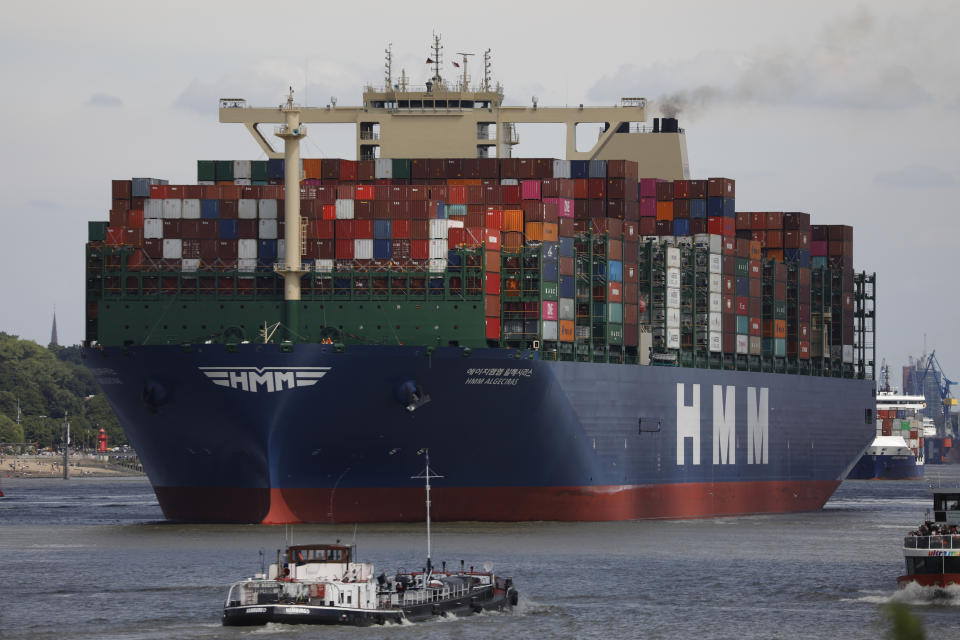Recovery hopes grow as exports in Europe's largest economy exceed expectation

German exports climbed more than expected in September, boosting hopes that Europe’s largest economy can avoid a double dip contraction and leading the way for other countries in the bloc.
The Federal Statistics Office revealed that exports rose 2.3% in the month, albeit at a slower pace compared with a month earlier, while imports fell by 0.1% after a rise of 5.8% in August. The figures account for seasonal swings and calendar effects.
Economists had been expecting exports to rise by 2.0% and imports by 2.1%.
As a result, Germany’s trade surplus expanded to €17.8bn (£16.1bn, $21.1bn), figures showed.
The data indicates that global demand is picking up again in spite of the health crisis and ongoing restrictions.
Although the German economy fared much better than its neighbours – including France, Italy and Spain – as the coronavirus pandemic raged on, its recovery should come as a help to the rest of Europe.
In the third quarter, German exports to France exceeded exports to the Netherlands, and the US was its single most popular export destination.
Exports to China also had a much larger share in total exports compared with 2019, illustrating the important role China has played in the rebound of the German economy. Trade between the two powerhouses has led in recent years to China becoming Germany’s most important non-European supplier and its second most vital export market.
ING economist Carsten Brzeski told Reuters: “Looking ahead, exports (and industrial production) could still prevent the economy from falling into a second lockdown depression in the final quarter of the year.”
“With US President-elect Biden, the threat of US tariffs on European (German) automotives should disappear,” he added.
Last month data showed that Germany’s economy grew by a record 8.2% in the third quarter thanks to higher consumer spending and exports. It was a strong bounce back compared to the previous three months.
READ MORE: German economic recovery to lose steam as pandemic continues to dominate
At the time German economy minister Peter Altmaier said at a news conference the figures were “well above” expectations, and that the government now expects a full-year decline in GDP of 5.5%, down from the September forecast of a 5.8%.
Altmaier said the good third quarter suggests the German economy can continue to grow even during a pandemic. He added that he expects the economy to fully recover from the pandemic by 2022.
Germany announced new lockdown measures last Monday to combat the spread of coronavirus to curb a second wave of infections.
It entered a month-long “lockdown light” last week, closing all non-essential shops including bars, restaurants, gyms, cinemas and theatres. Under Germany's new rules, public meetings are restricted to 10 people maximum from two households. Private parties are also banned.
Germany announced its highest ever daily coronavirus infections on Friday – a record 21,506 bringing the total since the outbreak of the pandemic to 619,089. The death toll in the country rose by 166 to 11,096.
Health minister Jens Spahn warned that “the situation is serious” after the number of COVID patients being treated in intensive care units doubled over the last 10 days.
Watch: What are freeports?

 Yahoo Finance
Yahoo Finance 